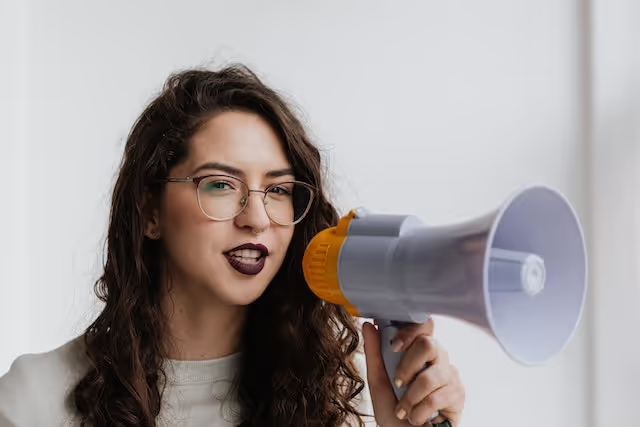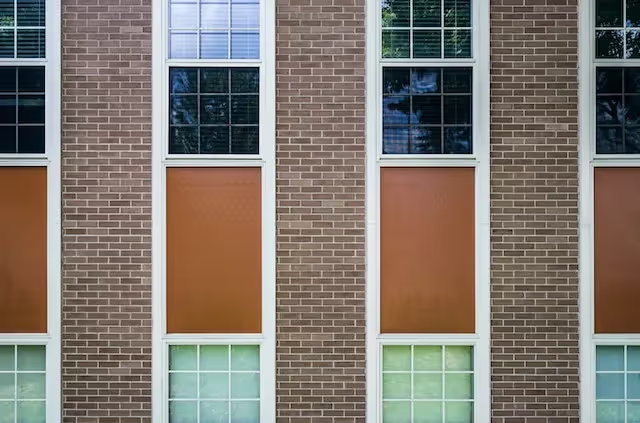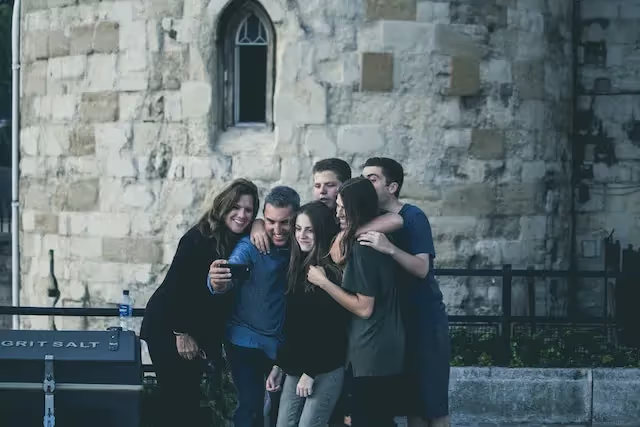What Is The Age Limit For ABA Therapy In Indiana?
Find out what the age limit is for receiving Applied Behavior Analysis (ABA) therapy in Indiana.


What Is The Age Limit For ABA Therapy In Indiana?
The age limit for most ABA centers in the state of Indiana is 21. Treatment may start anywhere between two and six years old, though this might vary depending on the ABA center. Still, some treatment centers may cater to people that are older than 21.
.avif)
The reason most ABA treatment centers focus on this age group is due to those formative years being crucial to a child’s development and future behavior.
Studies show that when a child on the spectrum is treated at an early age, they're more likely to learn how to live with their disorder. Therapy can also assist in someone on the spectrum becoming high functioning, or able to go about their lives with hardly any symptoms of the disorder being presented.
In Indiana, this is no different. Most ABA centers will work with older children and adults in a setting that can help them better to socialize and become later productive members of society.
Treatment hours are typically set based on symptoms. Many older people with the disorder will have some coping mechanism in place to manage their symptoms, so therapy may focus on areas they continue to lack in.
For people older than 21 wishing to receive therapy, it's advised that they speak with an insurer that can cover the costs. If they're already employed, employers insurance might be assistance in helping, as ABA costs can climb to expensive rates.
What Is The Age Range For ABA Therapy In Indiana?
The age range for ABA treatment in Indiana ranges from two to 21 years old.
Still, this age isn't set in stone. One might find ABA treatment centers where children are taken after they turn five years old. During the beginning portions of ABA therapy, evaluations are done by a BCBA to determine which skills should be evaluated.
Patients are interviewed by a therapist so they may gain more knowledge about their family's characteristics and those of the child. The child may play a big part in the interview, such as being able to ask questions to the therapist.
During this time, more evaluations are made by observing how the child speaks, their ability to make eye contact, and other skill-testing exams to better understand their level of knowledge. These tests aren't limited in age range, but might be more advanced for older patients.
Goals are set during the initial treatment plan. Their intensity will be learned along with any other medical recommendations. During the treatment, BCBAs will continually assess the patients to note whether any changes are required to the number of hours that are given.
How Long Do Kids Stay In ABA In Indiana?
While the average time that one stays in ABA is two years, an individual's length of stay is ultimately determined by a BCBA, who repeatedly evaluates the progress that a child makes.
When progress is slow, treatment typically lasts longer. When progress is fast, treatment may go for but a short while.
Unsurprisingly, children with milder symptoms go through ABA treatment at faster rates than those with more extreme symptoms do. However, there's the chance of a child needing to repeat time at an ABA center. This may coincide with a major event that has the possibility for symptoms to return or get worse in individual cases.
The terms of one's stay could also lessen. Plans may change from week to month, according to each case. Treatment for autism is subject to change according to the needs of each person receiving it. What works for one child might not for another, just as a two-year length of stay may not produce sufficient results, yet a third year could.
Recent News
Related articles

Working With Autistic Children: 10 Career Options
Want to work with autistic children? Here are 10 career options for you to consider.

What Is The Age Limit For ABA Therapy In Indiana?
Find out what the age limit is for receiving Applied Behavior Analysis (ABA) therapy in Indiana.

What Is The Age Limit For ABA Therapy In Arizona?
Find out what the age limit is for receiving Applied Behavior Analysis (ABA) therapy in Arizona.

Verbal Operants In ABA: Definition & Examples
In Applied Behavior Analysis, verbal operants are a type of verbal behavior.

Token Economy: Examples & Applications in ABA
A token economy is a procedure that was developed to help reduce maladaptive behaviors and increased desire behaviors by providing a tangible conditioned reinforcer.

Trigger Analysis In ABA: Definition & Examples
Trigger analysis is a segment of ABA therapy where children are taught by therapists to pinpoint the behaviors and emotions that happen before, during, and after an event that takes place.

Variable Ratio Schedule & Examples
A variable-ratio schedule is a random reinforcement where responses are reinforced following varied responses afterward.

Task Analysis In ABA Therapy: Examples & Strategies
Task analysis is a process of teaching that divides complicated activities into sections involving easier steps for students to more easily take.

Stimulus Equivalence In ABA: Definition & Examples
Stimulus equivalence shows how relationships can manifest among different types of stimuli in different situations.

Speech Therapy For Autism: ABA vs. Speech Therapy
ABA therapy can help individuals with speech impairments learn to better identify and utilize the language skills they already have.

Stimulus Control Transfer ABA: Definition & Examples
Stimulus control is defined as an expression used to detail circumstances where a behavior is triggered by the existence or absence of a stimulus.

Social Validity In ABA: Definition & Examples
Social validity is the acceptance of interventions concerning behavioral changes.

